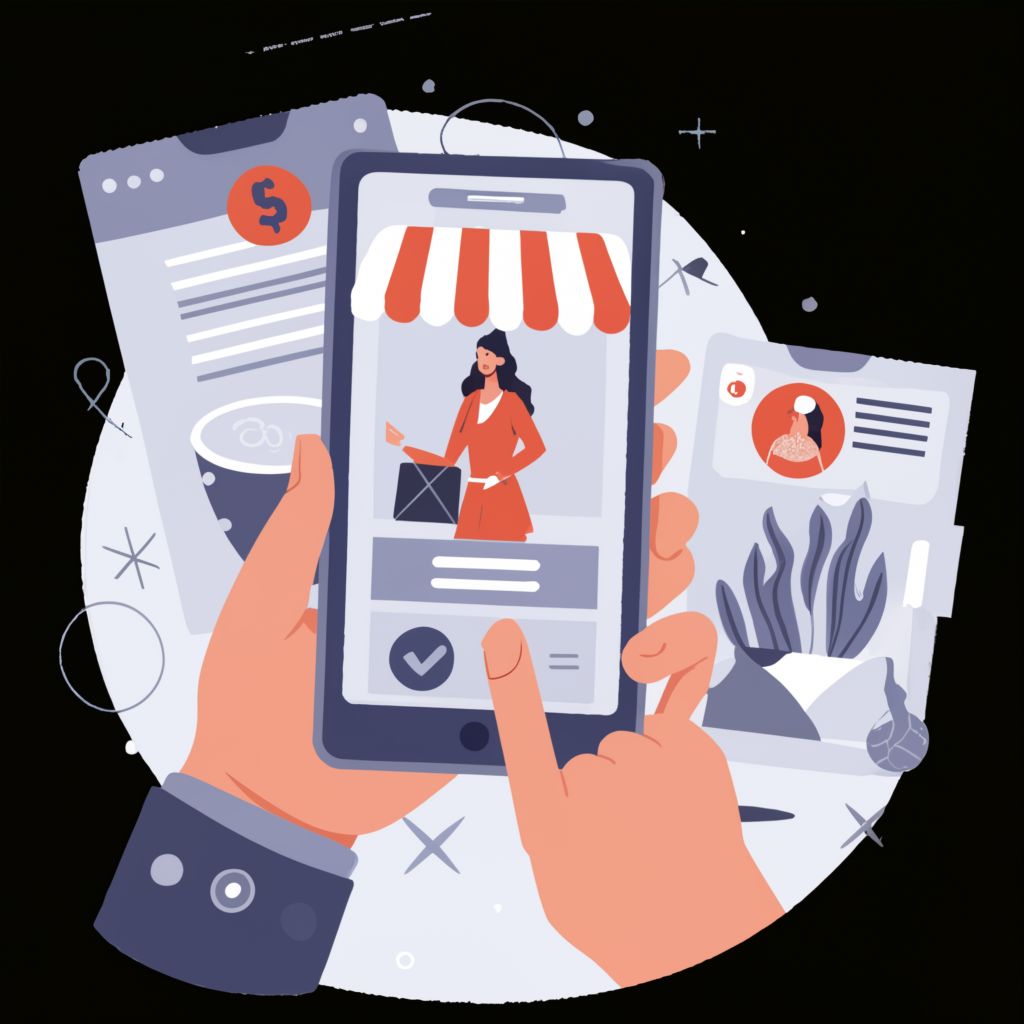It doesn’t matter whether you’re selling tissue paper or televisions, designer hats or display cushions, a good retail experience is essential. This is true, even more so in the digital age.
There are no two ways about it, experience can make or break a company. Providing a “wow” retail experience encourages your customers to return, which boosts revenue and results in long-term profit. For example, Verde Group found that when a customer has a great experience, they are almost 80% more likely to recommend the store to their friends.
While the importance of retail experience cannot be overstated, it is surprising how few people have had fantastic shopping experiences in recent months. According to New Wharton research, a mere 35%, or a third of shoppers, have had “an extraordinary” or “wow” retail experience.
There are five pillars that are key to the creation of a good retail experience. By implementing these five pillars into your business model you will be taking the first steps towards ensuring your customers stick (Wharton).
1. Engagement
The customer has to feel acknowledged immediately upon entering the store in a polite and interested manner. As long as your staff are genuinely eager to be of assistance and care for the customer, they are likely to leave with a positive impression of your business. Much of the time, the customer has a good experience when they have simply been listened to.
- Train your staff in problem solving.
- Learn about the people you’re selling to. Find out what it is they want and need and they won’t have any reason to shop anywhere else.
2. Executional Excellence
To achieve executional excellence you have to provide a customer with staff who can understand what they need and how to help them. Whether through providing useful information or even from simply checking stocks.
To have a “wow” experience, customers often benefit from simple measures such as speaking to a member of staff who behaves patiently by both explaining and advising and willing to go that extra mile. Simply helping a customer find a product and having an in depth knowledge about it can undoubtedly help when it comes to decision making.
- Attentive employees willing to explain and advise on entry
- Help with finding the right product and having a useful knowledge base about each option: this cuts out the amount of time a customer has to spend researching a product themselves. Being provided with just a couple of quality options is a lot better than offering hundreds of choices but limited information.
3. Brand Experience
Creating a different or exciting store design and doing it well will mean customers have a wow-worthy experience from the get-go. Whether instore or online, having a welcoming and consistent theme is essential.
- Provide a smooth transition from online to in-store shopping to create a seamless, omni-channel experience.
- Instead of forcing customers to call multiple company numbers, quickly providing the support they need can make people feel they’re receiving a great service.
4. Expediting
For a customer to have a good experience, it’s important to make sure the time spent in your store is efficient. Your main aim is for customers to have a positive retail experience which is accomplished in a beneficial and timely manner.
You can implement this in your business by ensuring customers have short waiting times. But, you’ll need to be proactive in helping speed up the shopping process:
- Digital advice: this means removing the painful long process of searching and comparing products.
- Easypay / allow customers to make purchases without having to sign up: this will speed up their purchasing process
- Hassle-free returns: customers don’t have to worry about heading in store, or sending something back.
- Self-checkout options
5. Problem Recovery
If you have customers, you’re going to have to solve their problems. How you deal with their problems is something which can set you apart from the competition. Quick and patient resolution of problems can lead to greater customer satisfaction, as we have already seen.
- Help to resolve all problems and use methods to gather feedback from customers
- Ensure employees stick with the particular person with a problem.
- Saying sorry: Interestingly enough, when it comes to problem solving, it can be as simple as saying sorry. The University of Nottingham found that customers were more satisfied when they were apologised to compared to when they were compensated.
- Compensate for any large problems encountered: this is something which businesses benefit from – a simple refund, a gift card or other small token can create a wow experience.
- Upgrade quality/Be transparent: In the digital age, it is near impossible to hide. Being upfront and transparent about quality allows customers to know what to expect and they won’t have reason to leave negative comments online.
- Ensure your customer is happy after an incident: Once a problem has been resolved, simply finding out whether a customer is still happy afterwards is a great way to make them feel valued and requires no more than a simple email.
Ultimately, the age old saying of “the customer is always right” is worth remembering. By having a simple process which staff can easily execute during a problem will ensure a customer has a wow experience as they won’t feel they’re having to fight to be heard.
Focus on these five pillars and you can’t go wrong. Once a customer has had a “wow” experience, they will be sharing this with their friends and family, helping you to attract more business. How can your business close the gap between online and instore? Sound off in the comments below.
Subscribe to our FREE newsletter and get new articles straight to your inbox!
Join over 70,000 people who want to stay inspired and help people decide.




